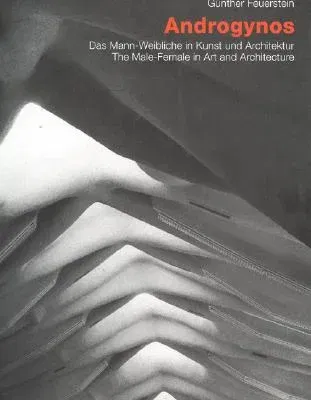Gunther Feuerstein
(Author)Androgynos--The Male-Female in Art and ArchitectureHardcover, 3 September 1997

Qty
1
Turbo
Ships in 2 - 3 days
In Stock
Free Delivery
Cash on Delivery
15 Days
Free Returns
Secure Checkout

Print Length
240 pages
Language
English
Publisher
Axel Menges
Date Published
3 Sep 1997
ISBN-10
3930698749
ISBN-13
9783930698745
Description
Product Details
Book Format:
Hardcover
Country of Origin:
US
Date Published:
3 September 1997
Dimensions:
29.18 x
23.93 x
2.06 cm
ISBN-10:
3930698749
ISBN-13:
9783930698745
Language:
English
Location:
Stuttgart, Germany
Pages:
240
Publisher:
Weight:
1292.74 gm